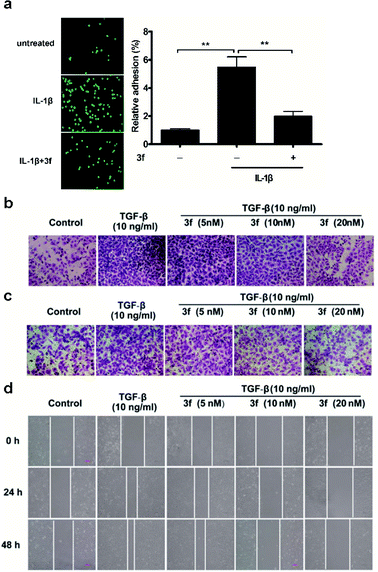 Open Access Article
Open Access ArticleCreative Commons Attribution 3.0 Unported Licence
Correction: O2-3-Aminopropyl diazeniumdiolates suppress the progression of highly metastatic triple-negative breast cancer by inhibition of microvesicle formation via nitric oxide-based epigenetic regulation
Fenghua Kanga,
Jiayi Zhua,
Jianbing Wua,
Tian Lva,
Hua Xiang b,
Jide Tianc,
Yihua Zhang
b,
Jide Tianc,
Yihua Zhang *a and
Zhangjian Huang
*a and
Zhangjian Huang *a
*a
aState Key Laboratory of Natural Medicines, Jiangsu Key Laboratory of Drug Discovery for Metabolic Diseases, Center of Drug Discovery, China Pharmaceutical University, Nanjing 210009, China. E-mail: zyhtgd@163.com; zhangjianhuang@cpu.edu.cn
bDepartment of Medicinal Chemistry, School of Pharmacy, China Pharmaceutical University, Nanjing 210009, China
cDepartment of Molecular and Medical Pharmacology, University of California, Los Angeles, California 90095, USA
First published on 6th January 2020
Abstract
Correction for ‘O2-3-Aminopropyl diazeniumdiolates suppress the progression of highly metastatic triple-negative breast cancer by inhibition of microvesicle formation via nitric oxide-based epigenetic regulation’ by Fenghua Kang et al., Chem. Sci., 2018, 9, 6893–6898.
The authors regret that in the original article two incorrect images were used in Fig. 4b for representing migration tumor cells in the control and TGF-β + 3f (20 nM) groups, and two incorrect images were used in Fig. 4c for representing invasive tumor cells in the TGF-β + 3f (10 nM) and TGF-β + 3f (20 nM) groups.
The Royal Society of Chemistry apologises for these errors and any consequent inconvenience to authors and readers.
| This journal is © The Royal Society of Chemistry 2020 |

